On Mixed Convection in a Horizontal Channel, Viscous Dissipation and Flow Duality
Abstract
:1. Introduction
2. Governing Equations
3. Flow Duality
3.1. The Velocity Field and the Temperature Field
3.2. The Dynamic Pressure Field
3.3. Some Elementary Physics Behind the Dual Flows
4. Discussion of the Results
4.1. Characteristics of the Velocity Profiles
4.2. Characteristics of the Temperature Profiles
4.3. Are the Dual Flows Compatible with the Boussinesq Approximation?
5. Conclusions
Author Contributions
Funding
Conflicts of Interest
References
- Batchelor, G.K. Heat transfer by free convection across a closed cavity between vertical boundaries at different temperatures. Q. Appl. Math. 1954, 12, 209–233. [Google Scholar] [CrossRef] [Green Version]
- Barletta, A.; Magyari, E.; Keller, B. Dual mixed convection flows in a vertical channel. Int. J. Heat Mass Transf. 2005, 48, 4835–4845. [Google Scholar] [CrossRef]
- Barletta, A.; Magyari, E.; Pop, I.; Storesletten, L. Mixed convection with viscous dissipation in a vertical channel filled with a porous medium. Acta Mech. 2007, 194, 123–140. [Google Scholar] [CrossRef]
- Barletta, A.; Lazzari, S.; Magyari, E. Buoyant Poiseuille-Couette flow with viscous dissipation in a vertical channel. Z. Angew. Math. Phys. 2008, 59, 1039–1056. [Google Scholar] [CrossRef]
- Miklavčič, M.; Wang, C.Y. Completely passive natural convection. Z. Angew. Math. Mech. 2011, 91, 601–606. [Google Scholar] [CrossRef] [Green Version]
- Miklavčič, M. Stability analysis of some fully developed mixed convection flows in a vertical channel. Z. Angew. Math. Mech. 2015, 95, 982–986. [Google Scholar] [CrossRef]
- Barletta, A.; Miklavčič, M. On fully developed mixed convection with viscous dissipation in a vertical channel and its stability. Z. Angew. Math. Mech. 2016, 96, 1457–1466. [Google Scholar] [CrossRef]
- Gebhart, B. Effects of viscous dissipation in natural convection. J. Fluid Mech. 1962, 14, 225–232. [Google Scholar] [CrossRef]
- Gebhart, B.; Mollendorf, J. Viscous dissipation in external natural convection flows. J. Fluid Mech. 1969, 38, 97–107. [Google Scholar] [CrossRef]
- Barletta, A.; Rees, D.A.S. Stability analysis of dual adiabatic flows in a horizontal porous layer. Int. J. Heat Mass Transf. 2009, 52, 2300–2310. [Google Scholar] [CrossRef]
- Barletta, A.; Zanchini, E. On the choice of the reference temperature for fully–developed mixed convection in a vertical channel. Int. J. Heat Mass Transf. 1999, 42, 3169–3181. [Google Scholar] [CrossRef]
- Normand, C.; Pomeau, Y.; Velarde, M.G. Convective instability: A physicist’s approach. Rev. Mod. Phys. 1977, 49, 581–624. [Google Scholar] [CrossRef]
- Turcotte, D.L.; Hsui, A.T.; Torrance, K.E.; Schubert, G. Influence of viscous dissipation on Bénard convection. J. Fluid Mech. 1974, 64, 369–374. [Google Scholar] [CrossRef]
- Zeytounian, R.K. The Bénard problem for deep convection: Rigorous derivation of approximate equations. Int. J. Eng. Sci. 1989, 27, 1361–1366. [Google Scholar] [CrossRef]
- Hills, R.N.; Roberts, P.H. On the motion of a fluid that is incompressible in a generalized sense and its relationship to the Boussinesq approximation. In Magnetohydrodynamics and the Earth’s Core: Selected Works by Paul Roberts; Soward, A.M., Ed.; CRC Press: London, UK, 2003; pp. 264–271. [Google Scholar]
- Rajagopal, K.R.; Ruzicka, M.; Srinivasa, A.R. On the Oberbeck–Boussinesq approximation. Math. Model. Methods Appl. Sci. 1996, 6, 1157–1167. [Google Scholar] [CrossRef]
- Mayeli, P.; Sheard, G.J. Buoyancy-driven flows beyond the Boussinesq approximation: A brief review. Int. Commun. Heat Mass Transf. 2021, 125, 105316. [Google Scholar] [CrossRef]
- Boussinesq, J. Mise en équation des phénomenes de convection calorifique et aperçu sur le pouvoir refroidissant des fluides. Journal de Physique Théorique et Appliquée 1902, 1, 65–71. [Google Scholar] [CrossRef]
- Chenoweth, D.R.; Paolucci, S. Gas flow in vertical slots with large horizontal temperature differences. Phys. Fluids 1985, 28, 2365–2374. [Google Scholar] [CrossRef]
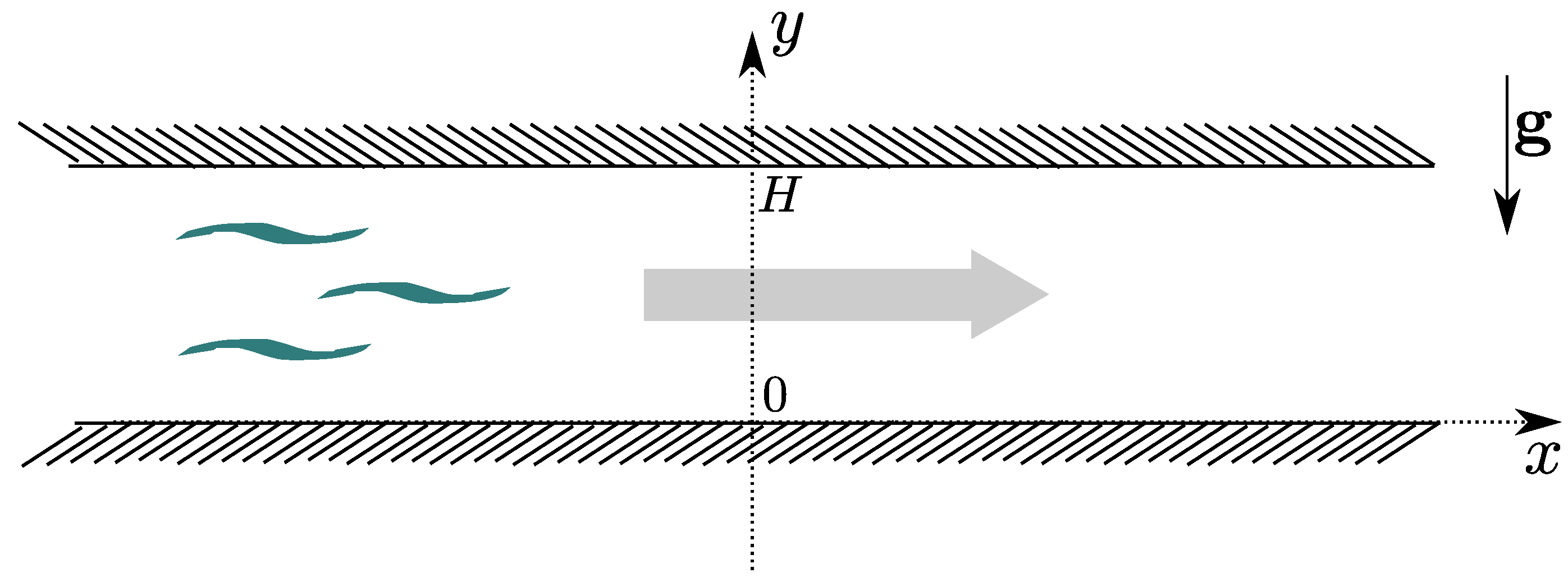
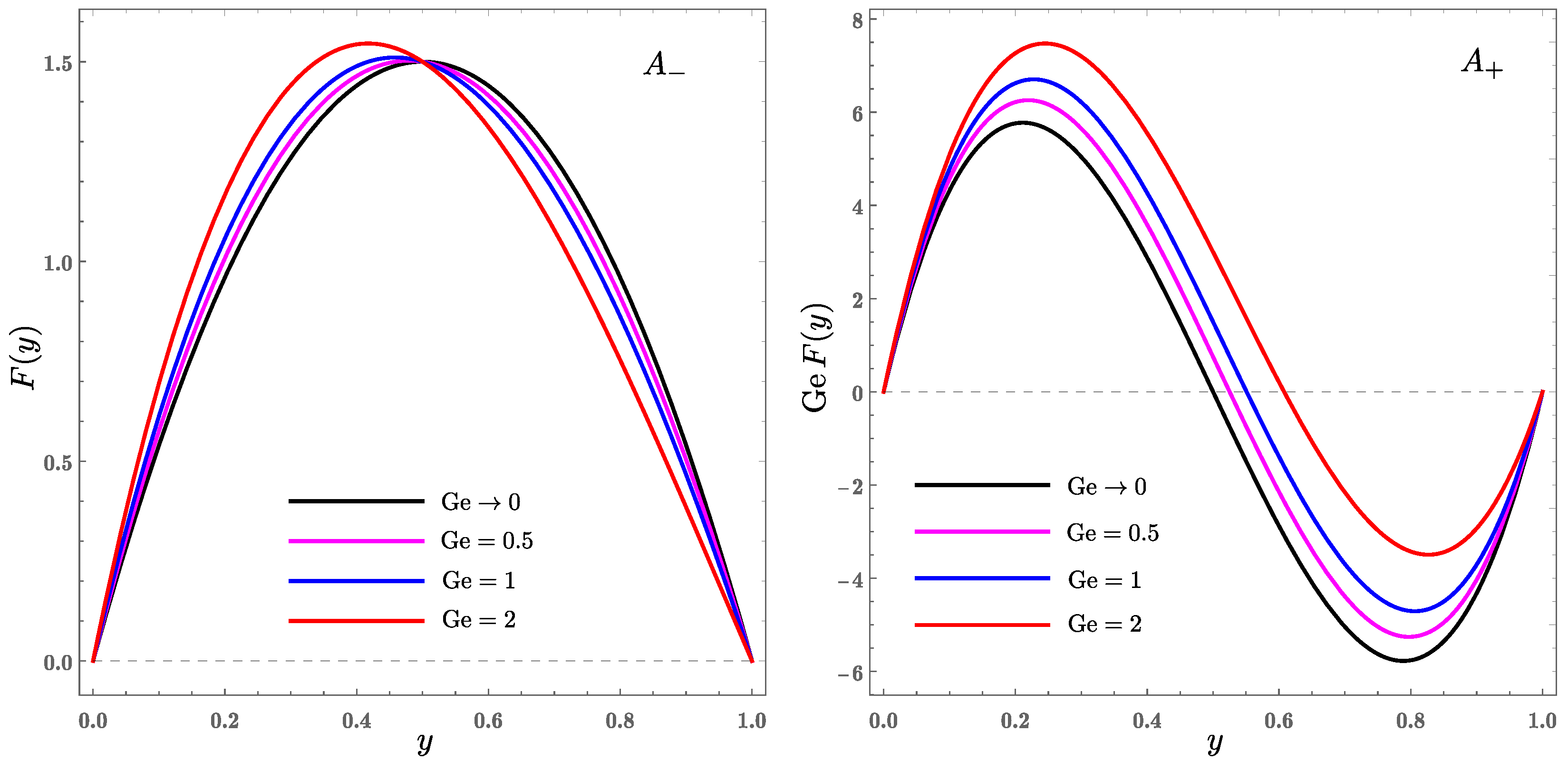
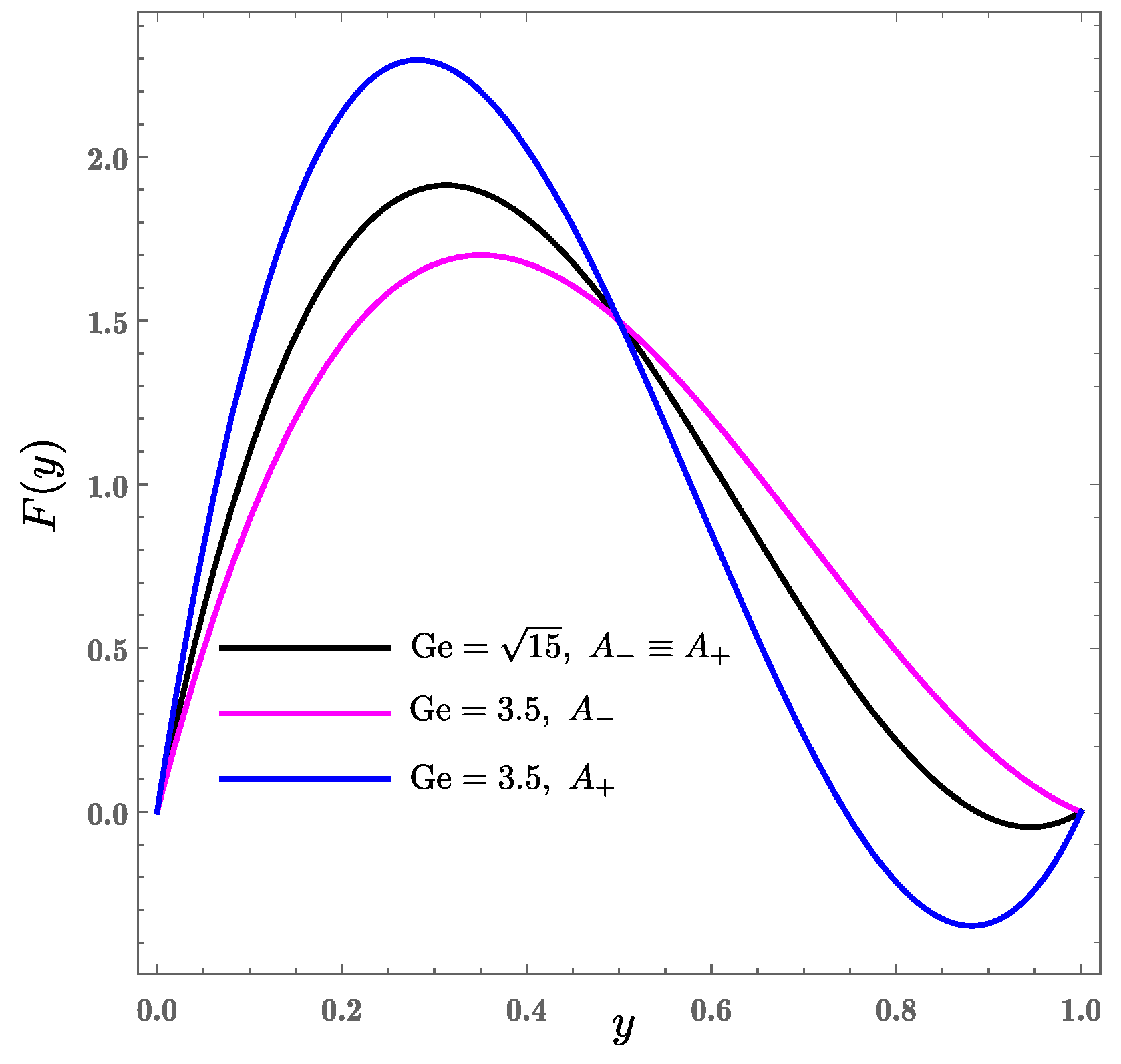
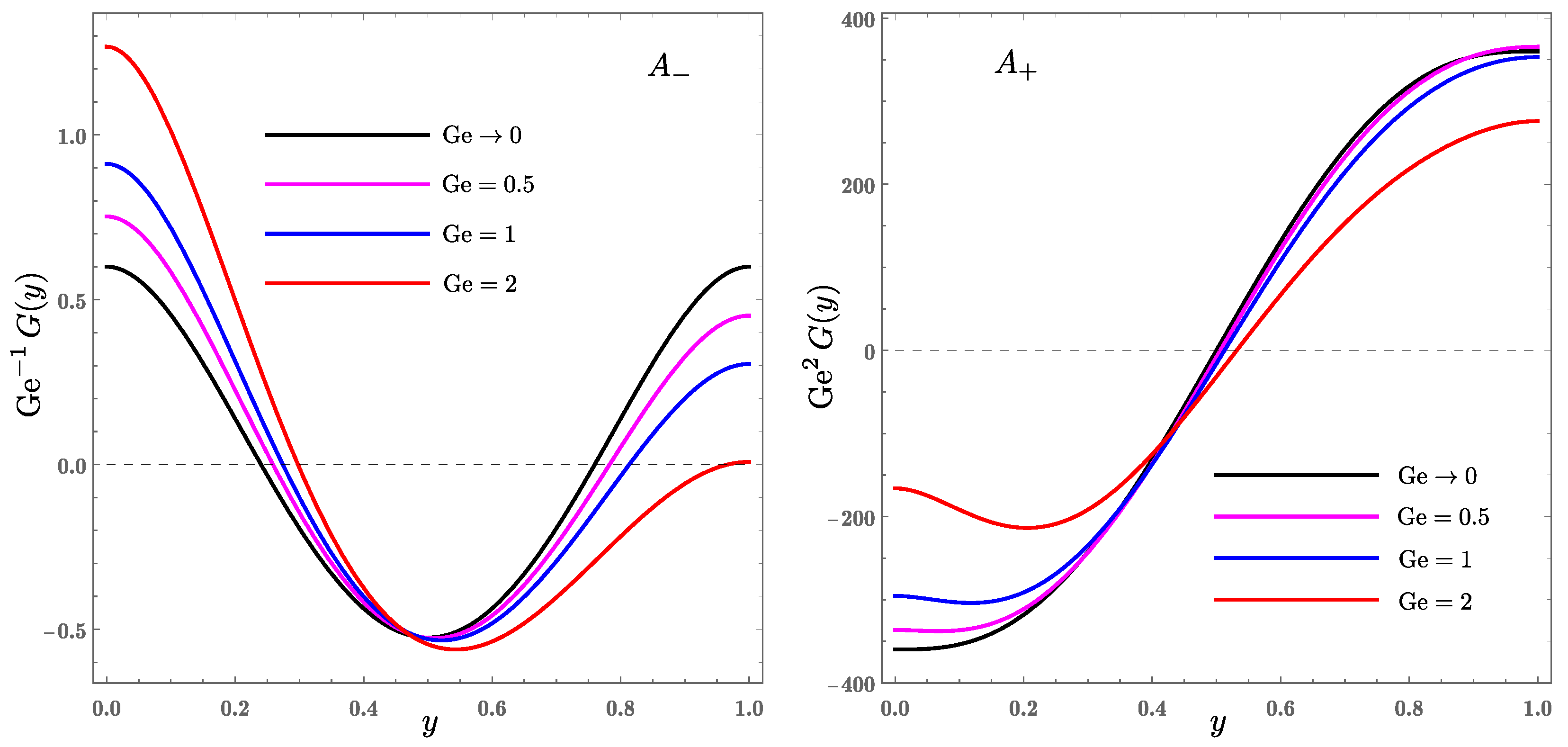
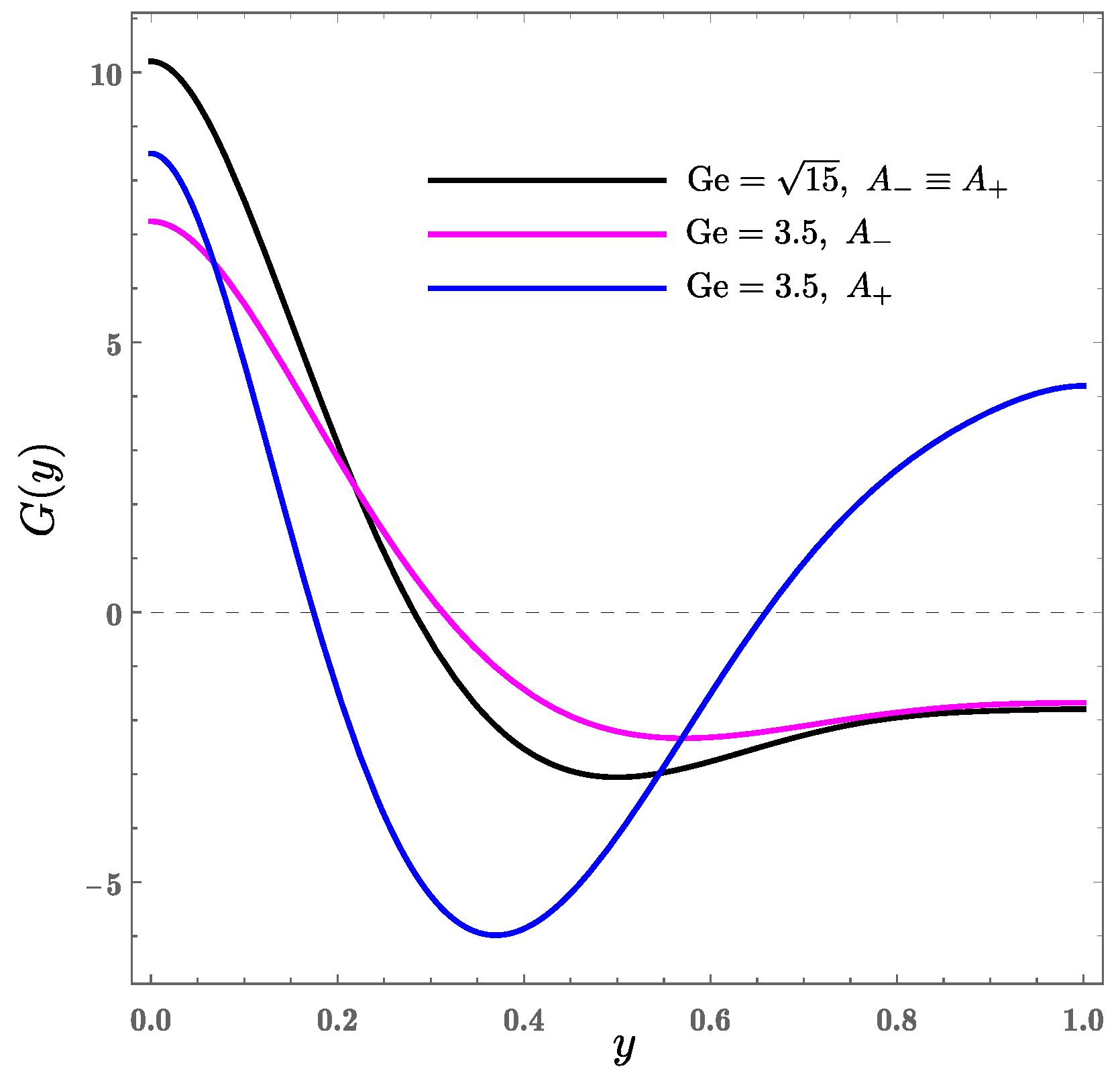
Publisher’s Note: MDPI stays neutral with regard to jurisdictional claims in published maps and institutional affiliations. |
© 2022 by the authors. Licensee MDPI, Basel, Switzerland. This article is an open access article distributed under the terms and conditions of the Creative Commons Attribution (CC BY) license (https://creativecommons.org/licenses/by/4.0/).
Share and Cite
Barletta, A.; Celli, M.; Brandão, P.V. On Mixed Convection in a Horizontal Channel, Viscous Dissipation and Flow Duality. Fluids 2022, 7, 170. https://doi.org/10.3390/fluids7050170
Barletta A, Celli M, Brandão PV. On Mixed Convection in a Horizontal Channel, Viscous Dissipation and Flow Duality. Fluids. 2022; 7(5):170. https://doi.org/10.3390/fluids7050170
Chicago/Turabian StyleBarletta, Antonio, Michele Celli, and Pedro Vayssière Brandão. 2022. "On Mixed Convection in a Horizontal Channel, Viscous Dissipation and Flow Duality" Fluids 7, no. 5: 170. https://doi.org/10.3390/fluids7050170
APA StyleBarletta, A., Celli, M., & Brandão, P. V. (2022). On Mixed Convection in a Horizontal Channel, Viscous Dissipation and Flow Duality. Fluids, 7(5), 170. https://doi.org/10.3390/fluids7050170







